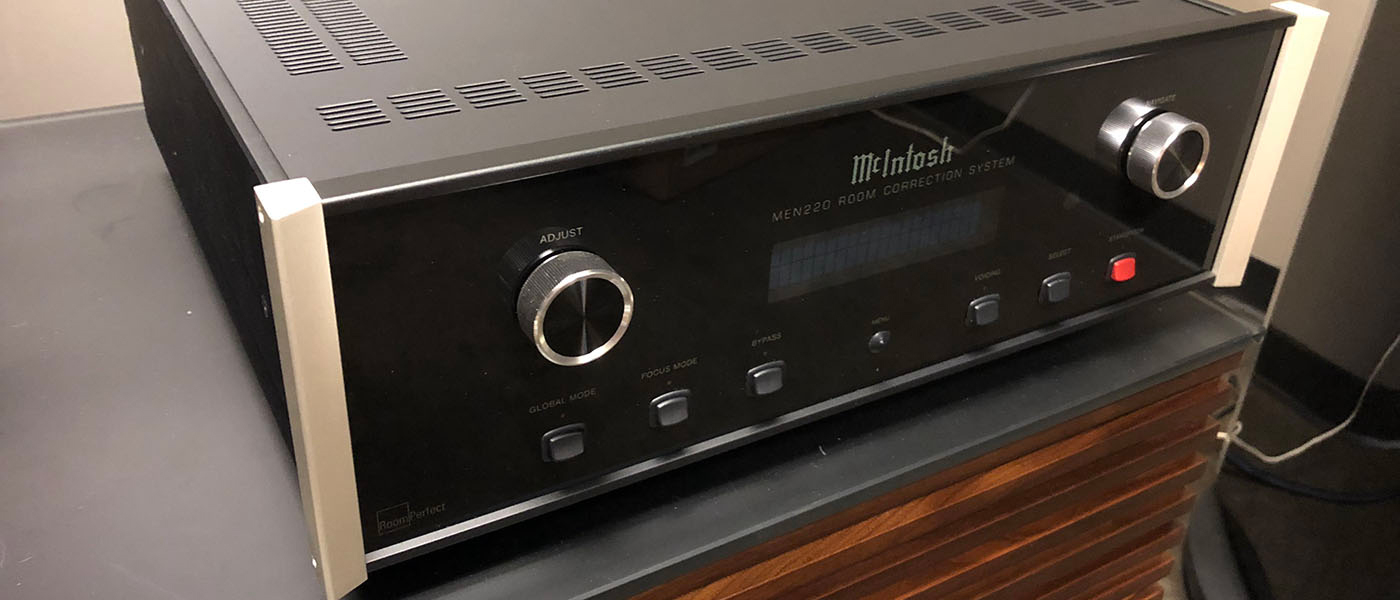
I bought a 2014 Toyota Corolla S to put the work miles on and save my other car from the wear and tear of Florida’s highways. But I quickly found that I hated the sound of the factory audio system. I didn’t want to upgrade the expensive in-dash head unit since it also controlled other parts of the car and was used by the backup camera. So, I decided to upgrade the speakers to see if I could squeeze any more audio quality from this otherwise unremarkable Corolla.
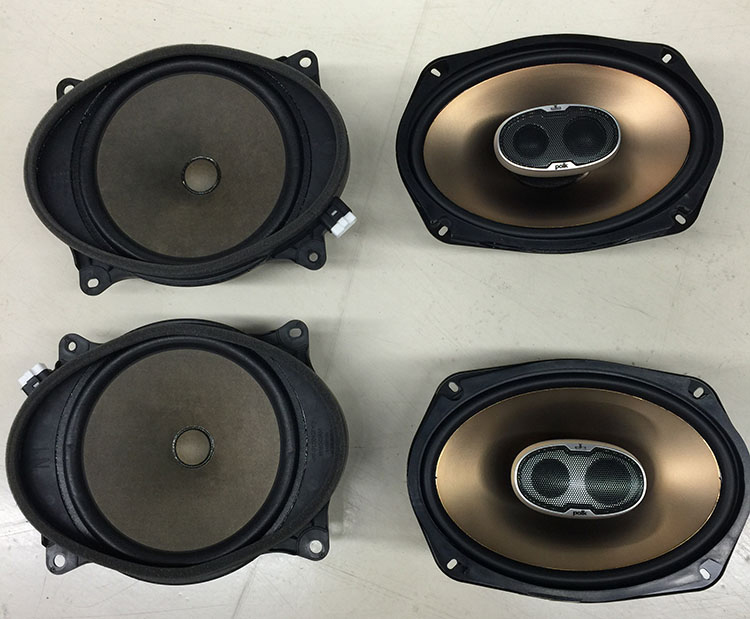
Secrets Sponsor
Where I live in Florida, we have high humidity, hot weather, and lots of rain, so I went with a marine grade speaker by Polk Audio. They were not direct replacements for the speakers currently in the car, rather, I simply purchased drivers that fit the holes and matched the sizes of the stock speakers. I removed the old units with a metal drill bit to remove the rivets. I cut the wiring harnesses off and used blue butt connectors to wire in the new speakers. I then installed Dynamat sound-absorbing material behind the speakers and secured them with self-tapping screws, since the old rivet patterns were proprietary to Toyota speakers.
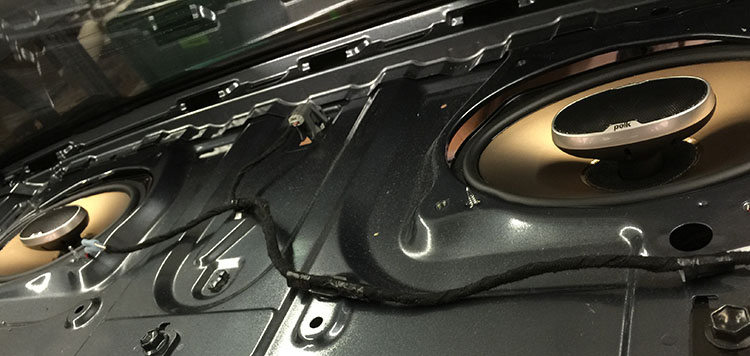
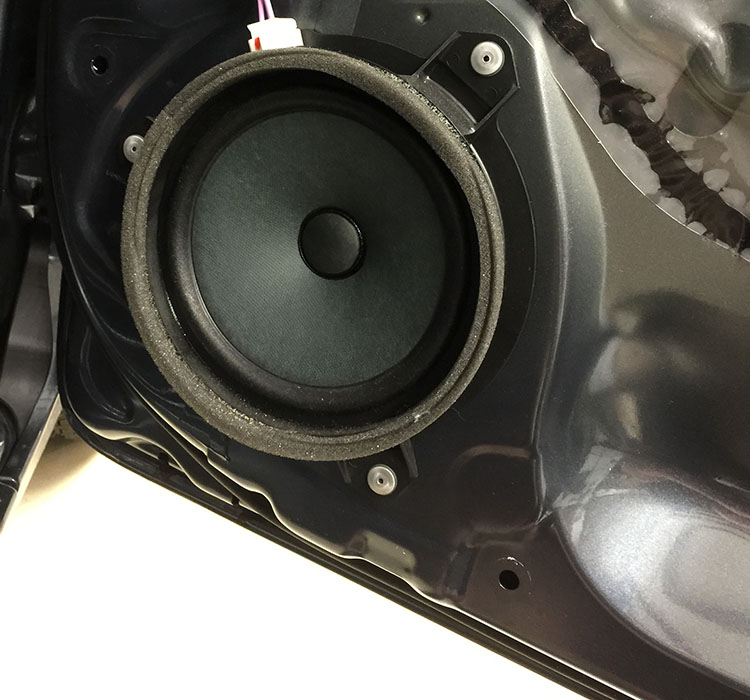
The hardest part was removing the door panels to get to the speakers in the front doors. Luckily, I didn’t have speakers in the rear doors, which would have made for twice as much work. I watched YouTube videos to learn how to remove the door panels and rear trunk cover. The trunk speakers were easy to get to but difficult to install and wire in. I didn’t touch the tweeters in the upper front doors because I couldn’t find products that matched the Polk speakers I was installing.

Cost
Polk Marine speakers – $85 for all 4
Metal drill bit – $4
Blue Butt Connectors – $7
Self-Tapping Screws – $5
Dynamat – $150
Total – $251
Time – 3 hours and 45 minutes
Midrange and low frequencies were much improved while highs remained about the same. The sound felt much more solid and less airy than the stock setup. The improved midrange made the biggest impact. Music now feels more alive and not just like a background noise in the car, it was better but still not great. Lows were improved, but not as much as if I’d added a subwoofer.
Secrets Sponsor
I had expected a bit more from the upgrade with the speakers and Dynamat, but really the music just wasn’t there. I am not saying the stock speakers were in any way good, but the improvement was marginal at best. For as much as I drive though, it was a small improvement for a small investment at best, which is the only positive to this upgrade project.
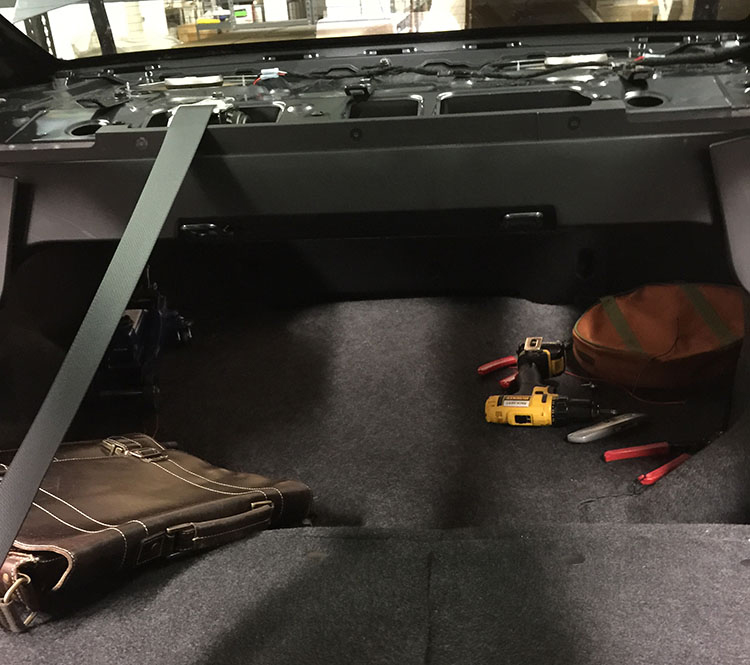
It was a fun project, but given the cost in time and money, it was not worth doing. Unless you have a speaker that’s gone bad and you need to replace it, then it’s not really worth the effort to replace them with something better. You also need to upgrade the power amps and add a sub to hear a significant difference in sound quality. I would first suggest looking into cars that already have a premium audio system installed. I have owned Audis in the past with Bose systems that sounded great.
Car audio is quite the challenge to get right, after all we do spend a lot of time in our cars. I also don’t think better speakers would have helped here, the pre-amplification and amplification stage also needed an upgrade. It’s like installing a high-end cartridge on a low-end turntable, it’s better but not by much. If you have any questions, leave them in the comments below!


